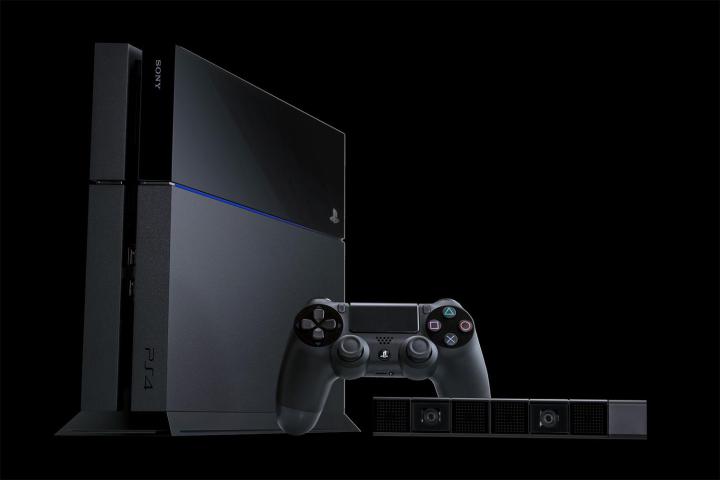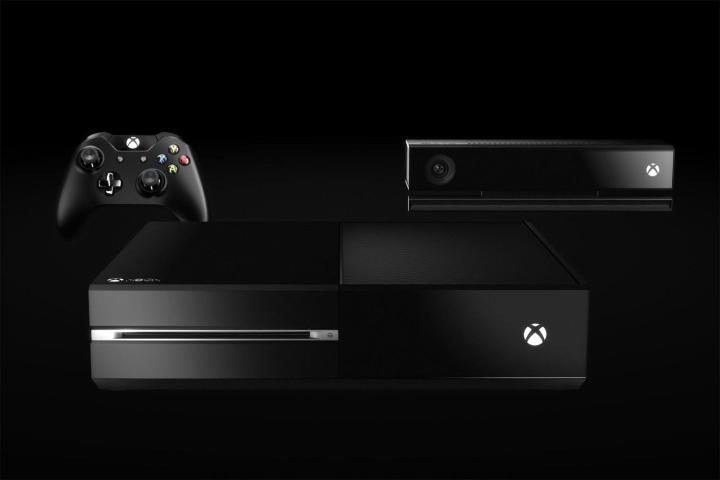
Several days ago, I made a call to Sony’s Online Store. After a 50 minute wait, a pleasant but leisurely customer service rep picked up the line and began her introductory script. Patiently, I waited until she was finished. Then I told her I’d like to cancel my PlayStation 4 pre-order.
Stunned silence. After a few seconds, she said “Really? You’re sure?”
“Yea, I’m sure.”
“Oh. Why do you want to do that, sir?”
What looked like a great leap forward has turned into a wary step that barely matches even a mid-range gaming PC.
In truth, the reason has nothing to do with expenses and everything do with next-gen disappointment. Almost all the news since the initial announcement of the PlayStation 4 and Xbox One has been negative; a launch title delayed there, a feature removed here. What looked like a great leap forward has turned into a wary step that barely matches even a mid-range gaming PC. Do next-gen consoles make sense compared to a gaming PC?
Next-gen disappointment
When Sony and Microsoft revealed the PS4 and Xbox One, I was, like many gamers, giddy with anticipation. All of the numbers were going up – way up. Eight cores, eight gigabytes of RAM, tons of storage, all on an x86 platform that should make development easier. There was little to dislike except for the Xbox One’s DRM policies, which Microsoft eventually changed.
Since then, a trickle of new information has sapped my enthusiasm. We’ve learned that the operating system on each console has two cores reserved to it, as well as between two and three gigabytes of RAM. We’ve learned that the impressive 500GB hard drives may be quickly consumed by 30GB+ installs, and we’ve learned that around 10% of the Xbox One’s overall power will be devoted to Kinect .
It turns out that, in practical terms, these eight-core monsters with eight gigabytes of RAM are actually six-core consoles with five to six gigabytes of RAM. Though this is still an improvement over the previous gen, it’s about three-quarters of what was hinted at during each console’s initial unveil.
There are other issues, too. Xbox Live has always required a nominal fee, but now PlayStation will require it for most online games, as well. Important launch titles have been delayed or cut back; Driveclub is now a 2014 game, while Forza 5 has had its car count and track count cut in half when compared to its last-gen predecessor. Backwards compatibility has been thrown out, so both consoles are cut off from their substantial catalog of last-gen titles.
In the shadow of the PC
The next-gen consoles’ mundane performance is demonstrated by cross-platform games, with Battlefield 4 as the most damning example. Though it looks good on next-gen hardware, it doesn’t quite lock in 60 frames per second consistently despite the fact it runs at 1600×900 resolution on the PlayStation 4 and 720p on the Xbox One. Framerate dips are particularly noticeable in multiplayer where, according to Eurogamer’s Digital Foundry, drops to 50 FPS are common. A mid-range gaming PC with a video card like the Radeon HD 7870 or GTX 760 can keep up at similar graphical settings (1680×1050 resolution and “high” detail).
Call Of Duty: Ghosts is more forgiving on the PlayStation 4, where it runs at 1080p and seems to produce graphics roughly on par with a PC at maximum detail, but the Xbox One is forced to run at 720p. Need For Speed: Rivals will hit 1080p on both consoles, but only at 30 frames per second. Dead Rising 3 on Xbox One struggles to manage 30 FPS even at 720p resolution, and so on.
The failure of both the PS4 and the Xbox One to outperform a moderately equipped PC at launch is a new development. However, the Xbox 360 and PlayStation 3 gave computer gamers a real run for their money when they were released. While a high-end rig could play a cross-platform title like Oblivion or Just Cause more smoothly and with more detail, such a computer could easily cost two or three thousand dollars. Today, the Alienware’s X51, which is about the size of an Xbox One, can be had with a fast Intel quad-core and an Nvidia GTX 760 for just $1,099. If you go for a full desktop, and you can have a comparably quick PC for $850.

A console is still less expensive, of course. The PS4 retails for $399 and the Xbox One costs $499. Then again, a computer offers added value; it can do many things consoles can’t, and it is backwards compatible with (most) previously released PC games. The only feature the PC lacks is compatibility with your couch – but that, too, may soon change.
Steam OS: The missing link
While the console vs. PC debate has always been interesting to gamers and hardware enthusiasts, its practical implications have been more suspect. This is because the two platforms have very different controls. PC games are solitary and serious, while console games are more public and laid-back. This is a problem that can’t be solved by megahertz or core counts.
Valve may have a solution. The company’s Steam OS will feature in-home streaming technology that can display a computer game on a television without the PC being physically connected, and Valve is simultaneously developing a controller that’s meant to make games designed only for PC playable from a couch. If Valve pulls this off, PC gaming will finally reach beyond the confines of the desk.

Even if Steam OS stumbles, others (like Nvidia, which offers local streaming as a feature on its Shield handheld) will try to harness the potential of new developments in wireless networking. Many homes now have an 802.11n router, which offers bandwidth of at least 150 Mbps, and 802.11ac is beginning its march into the mainstream. Consumers will soon have access to affordable 802.11ac routers that provide bandwidth of at least 300 Mbps. This makes streaming content across a local network easier and more reliable, which in turn means that the device displaying a game (or other software) need not be the device running it.
Conclusion
The long-term consequences of wireless networking’s advances are troubling for dedicated gaming consoles. If a computer could stream games easily throughout a home, it would provide consumers with better graphics quality and a wider selection of less expensive games, all at a lower overall cost (because most homes will need at least one PC, anyway).
We’re still at least a few years away from such a reality becoming mainstream, and the next console generation will probably see strong sales at their introduction, despite the many disappointments that have been unveiled since their initial announcements. The Xbox 360 came out eight years ago, and the PlayStation 3 seven years ago – that’s a long generation!
But the next-gen consoles may be the last of their kind. The Xbox One and PlayStation 4 have an expected lifespan of at least a decade, and it seems likely that computing will be thoroughly enthralled with the cloud by then. A console, particularly those as relatively anemic as the PS4 and Xbox One, will no longer make sense in a world where resources can be off-loaded to a device in the next room or, in some cases, servers that are hundreds of miles away. A decade from now, all gamers may be PC gamers.
Editors' Recommendations
- 23% of PC gamers probably can’t play Alan Wake 2. Here’s why
- I can’t get excited about AMD’s next version of FSR anymore
- Why I couldn’t live without an ultrawide gaming monitor
- I switched to an AMD GPU for a month — here’s why I don’t miss Nvidia
- Why I sold my gaming laptop to buy a Steam Deck





